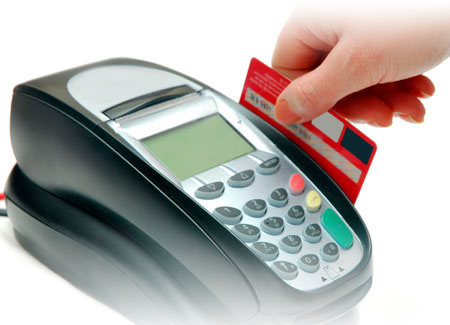Chargebacks occur when a cardholder disputes a charge to his account. The diagram below represents the chargeback cycle.

The most common reasons for chargeback-resulting disputes are:
- Customer dispute over product or service quality
- Credit not received
- Improper authorization
- Fraud
- Processing error
- Inaccurate transaction information
As illustrated in the diagram above, a chargeback begins with the cardholder contacting his card issuer, notifying them that he is disputing a transaction. In most cases, before a chargeback is initiated, the card issuer requests a copy of the sales record. If there is sufficient evidence to support the cardholder’s request, the card issuer sends the transaction back to the acquirer, who, if not able to resolve the issue, may contact the merchant for additional information.
If the merchant represents sufficient evidence to warrant a reversal of the chargeback, the acquirer will forward the representation to the issuer through the Credit Card Network (Visa or MasterCard). If the chargeback is reversed, the card issuing bank does have the right to re-present the chargeback a second time.
![]()
















